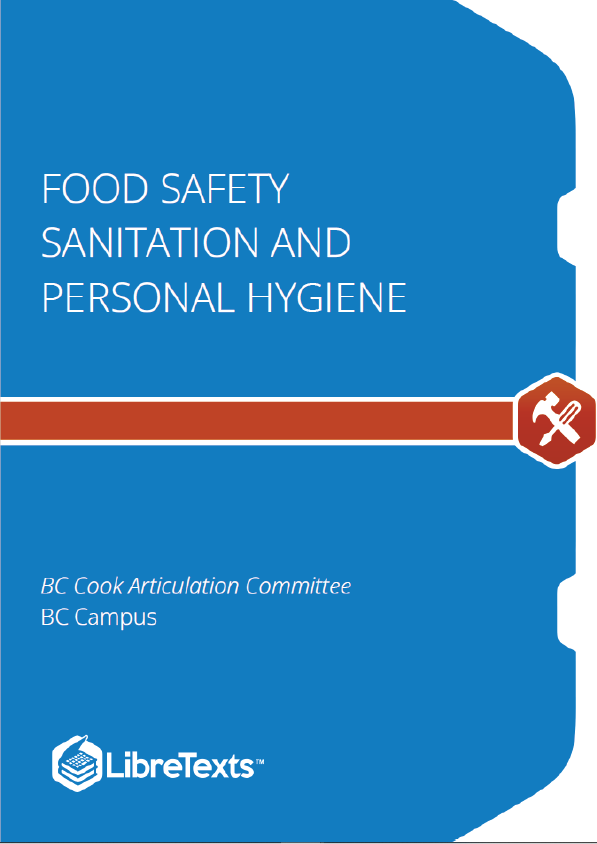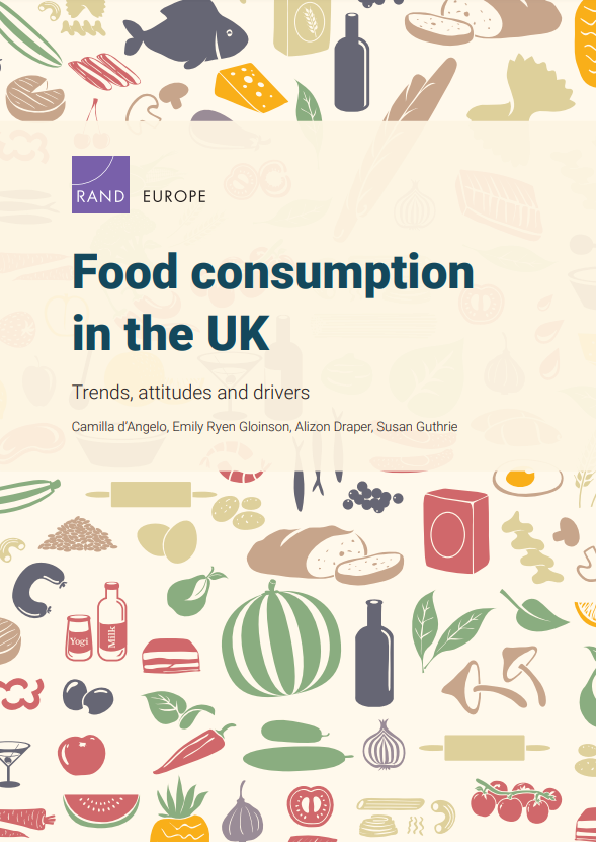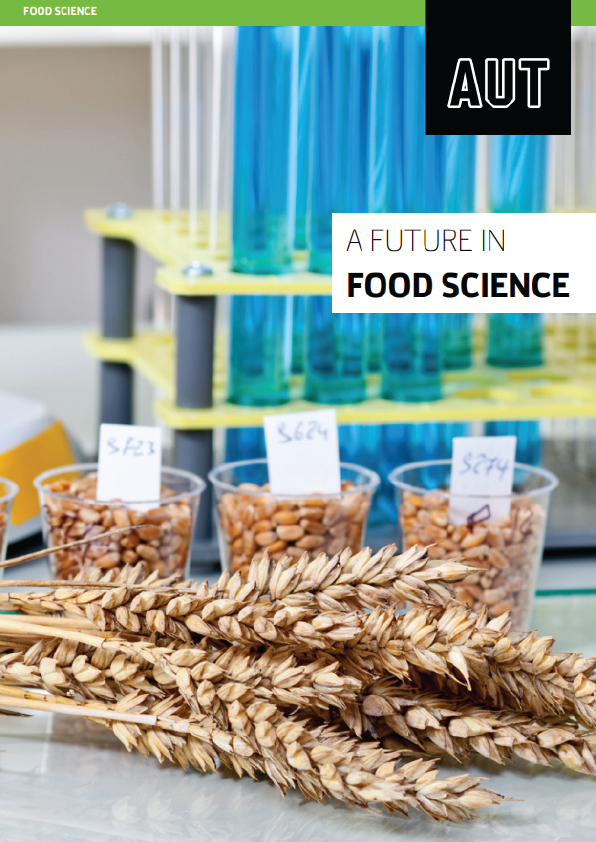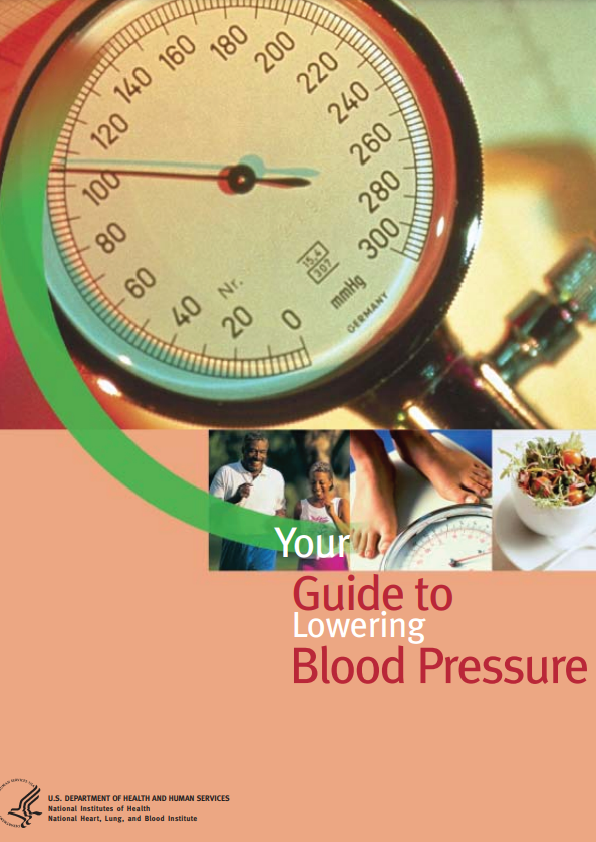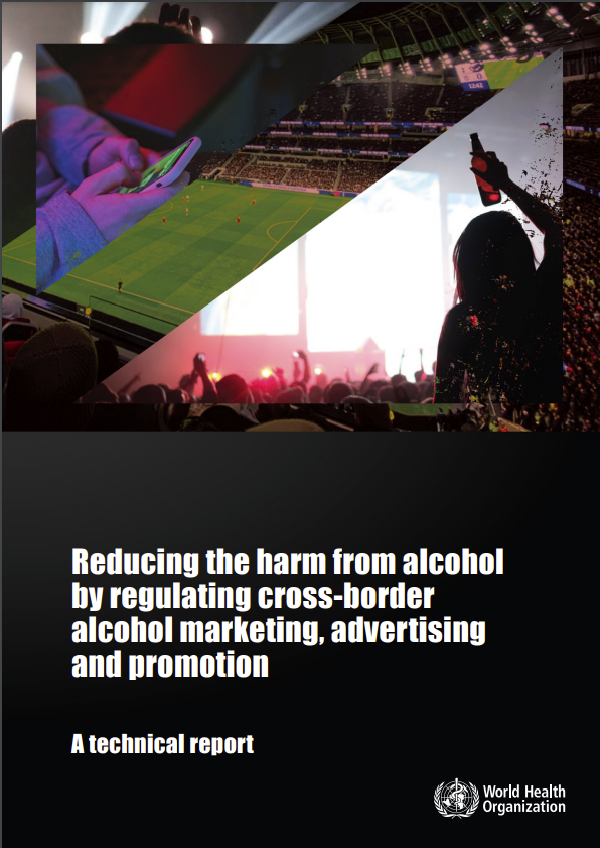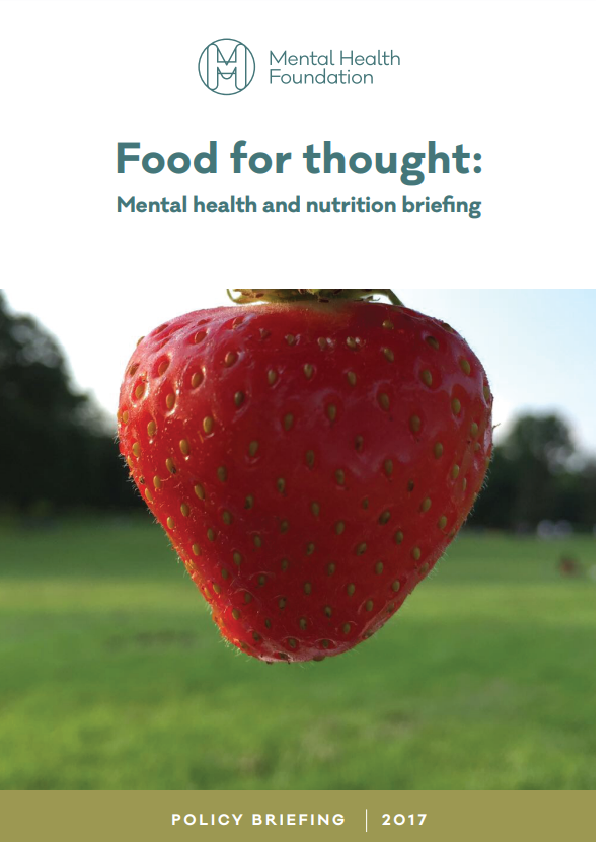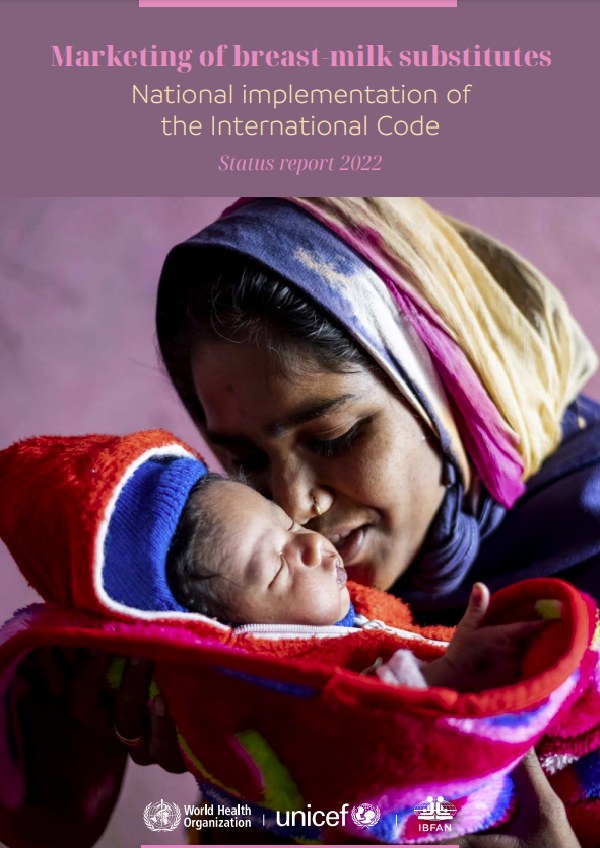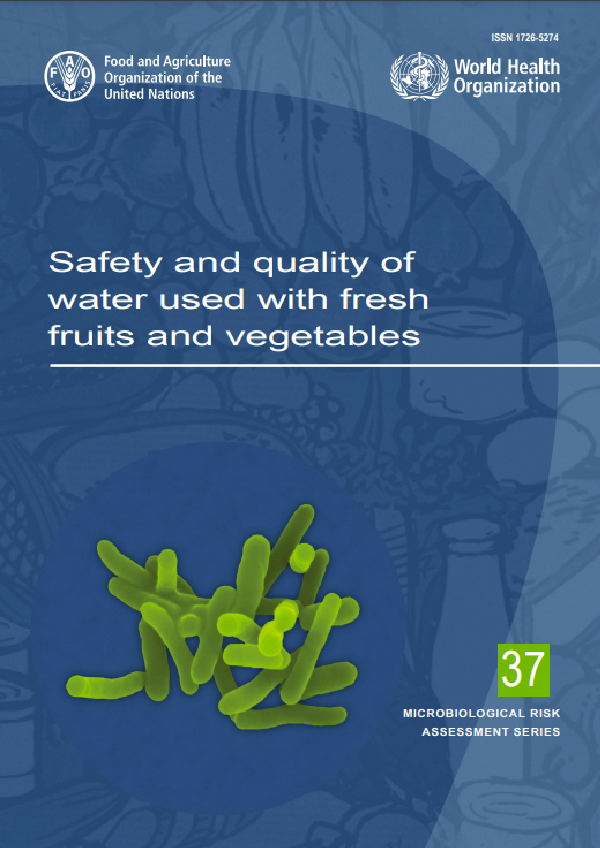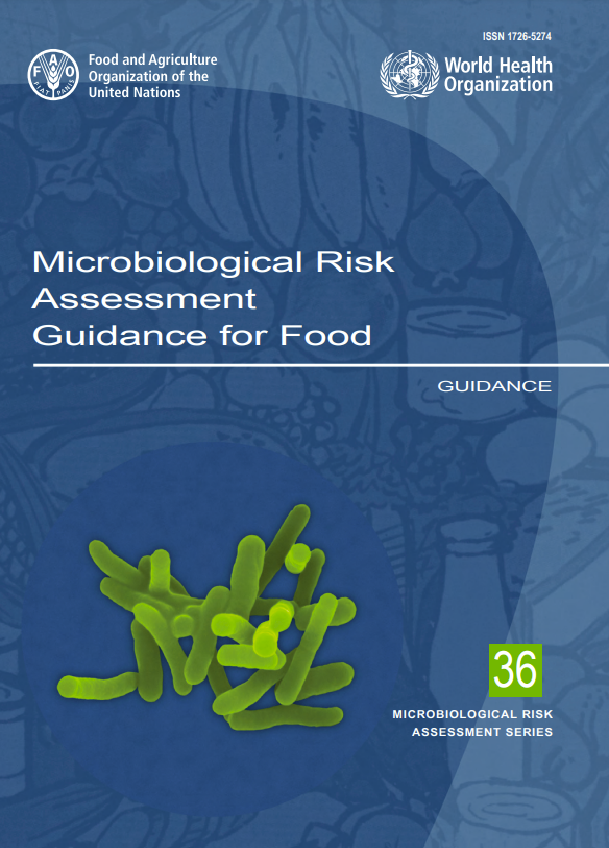Food Safety, Sanitation, and Personal Hygiene is one of a series of Culinary Arts open textbooks developed to support the training of students and apprentices in British Columbia’s foodservice and hospitality industry. Although created with the Professional Cook, Baker and Meatcutter programs in mind, these have been designed as a modular series, and therefore can be used to support a wide variety of programs that offer training in foodservice skills.
Biological causes of foodborne illness
Biological contaminants are by far the greatest cause of illness. Many of the risks associated with biological contaminants can be controlled or removed by effective food handling practices, so it is critical that the safe food handling and prevention procedures outline in the rest of the book be followed.
Microbes are all around us. They are living things, often too small to be seen without a microscope. Many microbes are beneficial, but some can cause illness or even death. These harmful microbes are called pathogens. Five types of microbes include bacteria, viruses, parasites, protozoa, and fungi.
Bacteria are present in many of the foods we eat and the body itself. Most bacteria are not harmful, and some are even very beneficial to people, but some types of bacteria are pathogenic and can cause illness. Campylobacter, E.coli, Listeria, and Salmonella are examples of pathogenic bacteria. Foods that contain these bacteria must be handled correctly and cooked appropriately.
Viruses frequently cause illness, and are found in food, but do not grow or multiply in food. Most foodborne illness caused by viruses happens because the person handling the food has transmitted to the virus to the food through improper food handling or poor sanitation. Hepatitis A and Norovirus are examples of viruses that are responsible for foodborne illness.
Parasites live in or on animals and people and cause illness when the food infected with the parasite is not cooked to a temperature high enough or frozen to a temperature cold enough to kill the parasite. Trichinella (found in pork and some game meats) and roundworms (found in raw fish) are examples of parasites found in food.
Protozoa are one celled animals that may be found in water. Use of water from unsafe sources can lead to illness. Giardia lamblia is an example of protozoa that may be found in water from rivers, lakes, streams and shallow wells. Food washed in water containing Giardia lamblia that is served without any further cooking (such as salad greens) can cause illness.
Fungi grow on decaying organic matter. Many fungi are harmless or beneficial, but some, such as mould that grows on spoiled food, can be harmful and remain even after cutting or scraping the visible mould off the food.
Have you ever had the “24-hour flu”? Probably not, because there’s no such thing. Many people who think they have the 24-hour flu have had a foodborne illness caused by some type of pathogen. A rapid reaction is normally caused by a food intoxication. A slower reaction is normally caused by a food infection.
